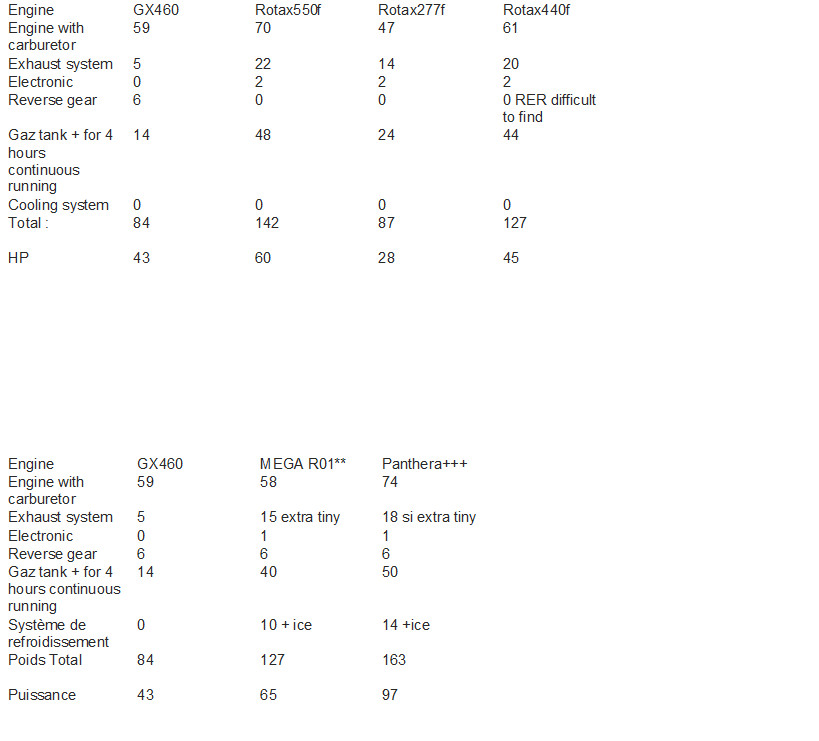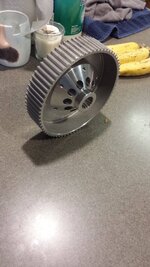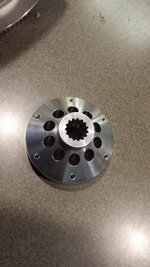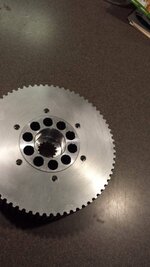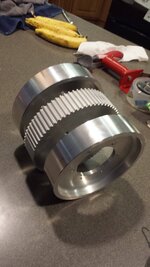This project started with ideas that came from a couple swap meets and the bounty I returned home with. The engine was never intended to be for this sled but when I purchased this sled the original plan for this engine was changed. I purchased a 2013 800 Pro Rmk and thought about converting this to a true entry level lower Hp Pro Rmk that will actually be less than 400 Lbs. The 800 was drained of gas and it weighed in @ 440.6 Lbs with the oil tank half full. Other considerations for this sled are the non stock front bumper, a home made steel tube for the rear bumper, and upgraded walker evans clicker front shocks. This was a ways from the dry weight I remember being 416 pounds even when considering the oil and water weight.
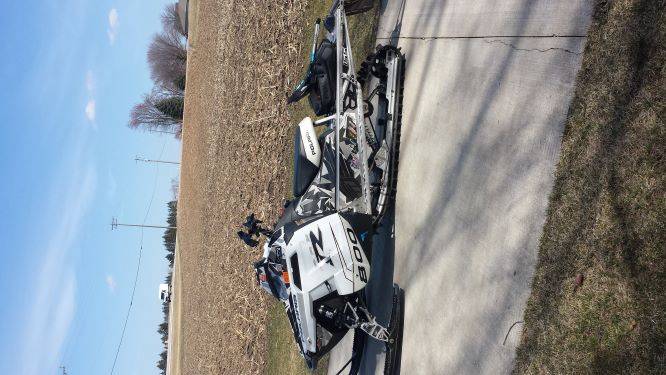
After the new custom single cylinder engine, the shortened skid, a new aluminum rear bumper tube, lower handlebars, and hand gaurds were installed, and the oil tank was filled my first finished weight came in at 369.3 pounds. This was with no fuel and the gauge and wiring was also still not installed. A reduction of 71 pounds. I am also planning on shortening the tunnel so that may also take off some additional weight.
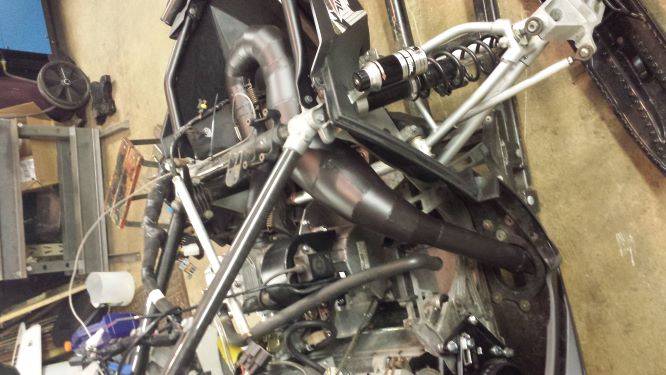
I was able to get this on the snow out west a few weeks ago and started tuning for the pipe and clutching but had some set backs that did not allow me to finish, so I can not yet say this project is a success. I have also realized that my tuning skills are no where near where I would like them to be as this has turned out to be more of a clean sheet of paper that needs to be colored in by the tuner, and although I have a complete box of crayons, sometimes picking the right color is not as easy as one would think it is. I am currently working thru some rework on those issues and will share those in future posts. Some of the rework may affect the ultimate finish weight also. I will be sharing the engine project first and then the engine install.
After the new custom single cylinder engine, the shortened skid, a new aluminum rear bumper tube, lower handlebars, and hand gaurds were installed, and the oil tank was filled my first finished weight came in at 369.3 pounds. This was with no fuel and the gauge and wiring was also still not installed. A reduction of 71 pounds. I am also planning on shortening the tunnel so that may also take off some additional weight.
I was able to get this on the snow out west a few weeks ago and started tuning for the pipe and clutching but had some set backs that did not allow me to finish, so I can not yet say this project is a success. I have also realized that my tuning skills are no where near where I would like them to be as this has turned out to be more of a clean sheet of paper that needs to be colored in by the tuner, and although I have a complete box of crayons, sometimes picking the right color is not as easy as one would think it is. I am currently working thru some rework on those issues and will share those in future posts. Some of the rework may affect the ultimate finish weight also. I will be sharing the engine project first and then the engine install.
Last edited:


